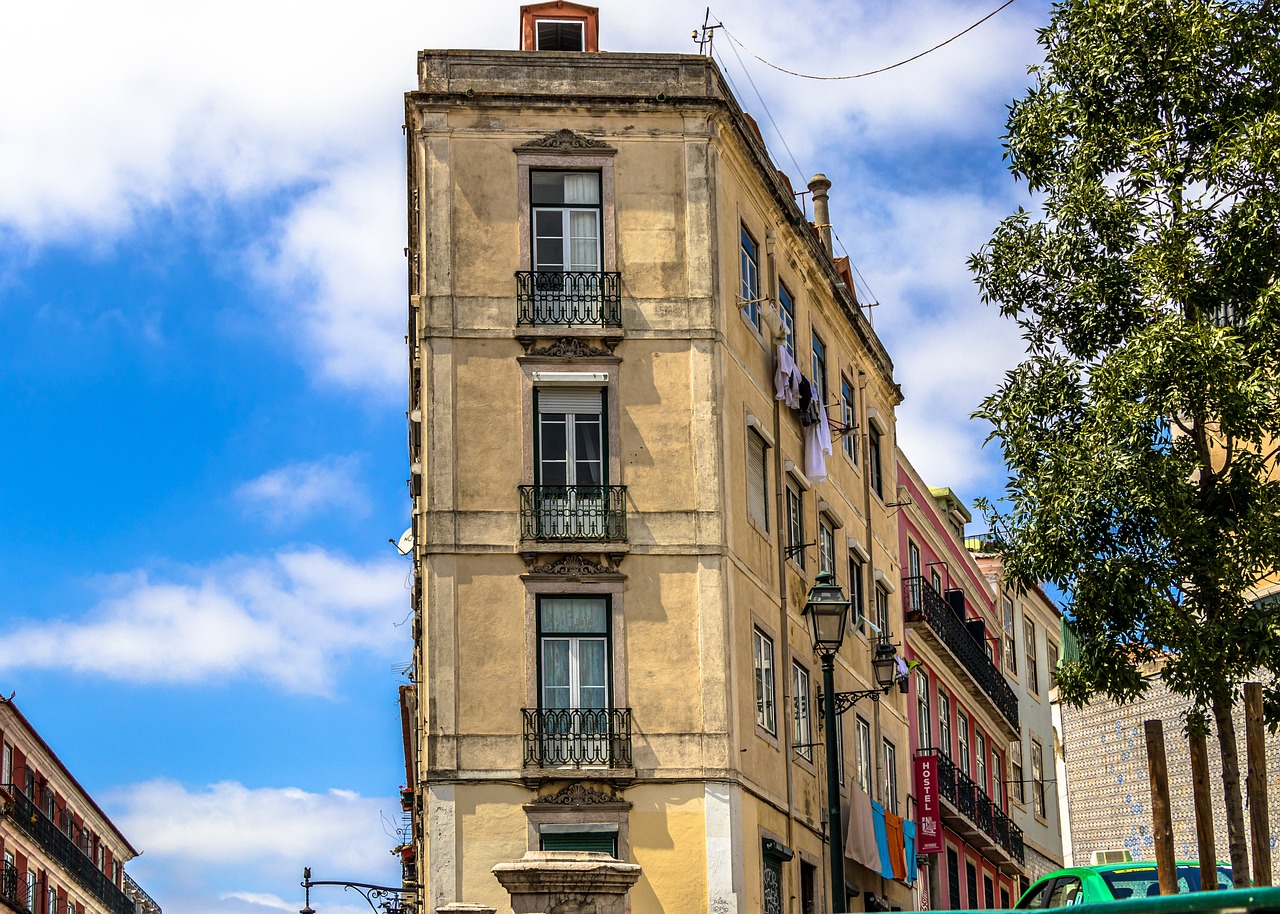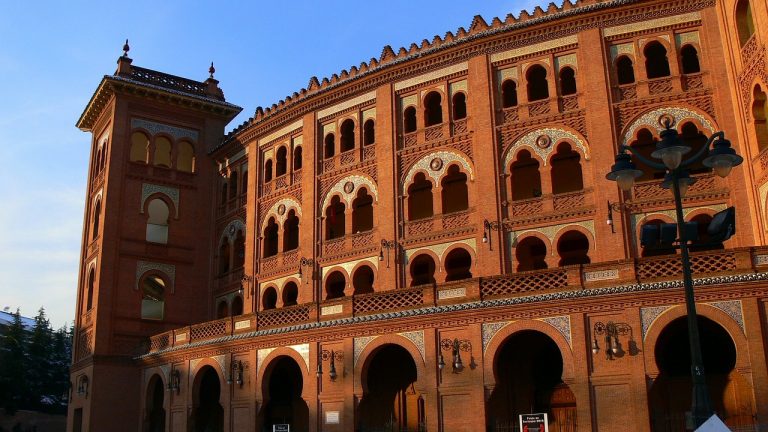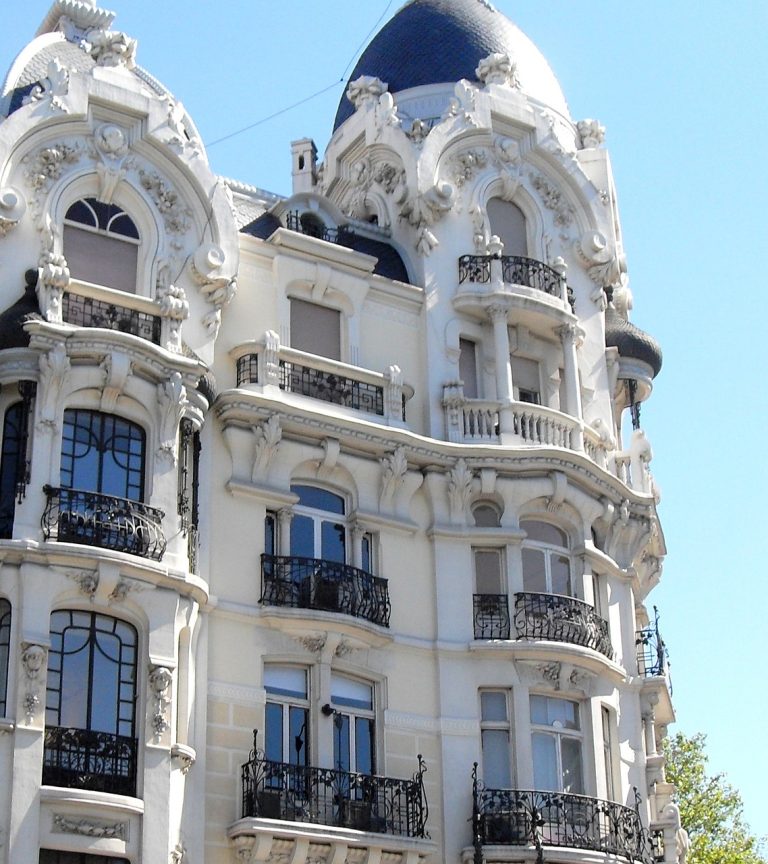Madrid Spain Video
Public Transportation in Madrid Spain: A Complete Guide
Madrid, the vibrant capital of Spain, offers a comprehensive public transportation system that allows residents and visitors to navigate the city with ease. From the extensive metro network to the efficient bus system, Madrid provides numerous options for traveling around the city. In this guide, we will explore the various modes of public transportation in Madrid and provide you with all the essential information you need to make the most of your travels.
Metro
The Madrid Metro is one of the most efficient and popular modes of transportation in the city. With its extensive network of 12 lines and over 300 stations, the metro covers almost every corner of Madrid. Each line is color-coded and numbered, making it easy to navigate the system. Some of the key metro stations include Sol, Gran Vía, and Atocha, which provide convenient connections to major attractions and transportation hubs.
- Fast and Reliable: The Madrid Metro is known for its punctuality and reliability. Trains run frequently, especially during peak hours, ensuring minimal waiting times.
- Accessibility: The metro stations are equipped with elevators and escalators, making it accessible for people with disabilities or those carrying heavy luggage.
- Integrated Ticketing System: The metro uses a unified ticketing system known as the “Metrobús” card. This card can also be used on buses and some suburban trains, providing a convenient and cost-effective way to travel.
- Operating Hours: The metro operates from 6:00 am until 1:30 am on weekdays, with extended hours on Fridays and Saturdays. During the night, there is a limited service known as the “Metro Nocturno,” which operates on five lines.
- Tourist Passes: Visitors can purchase tourist passes such as the Madrid Tourist Travel Pass, which offers unlimited travel on the metro and other public transportation options for a specified number of days.
Madrid Spain Image 1: 
Bus
In addition to the metro, Madrid has an extensive bus network that covers areas not served by the metro. The bus system is operated by the Municipal Transport Company (EMT) and offers a convenient way to reach various neighborhoods and attractions in the city.
- Extensive Coverage: The bus network in Madrid covers both the city center and the outskirts, providing connections to areas not reached by the metro.
- Frequent Service: Buses run regularly throughout the day, with increased frequency during peak hours. Night buses, known as “Búhos,” operate on selected routes during the night.
- Accessibility: Many buses are equipped with ramps or low floors, making them accessible for wheelchair users and individuals with limited mobility.
- Integrated Ticketing System: As mentioned earlier, the “Metrobús” card can be used on buses, allowing for seamless transfers between the metro and bus network.
- Bus Stops: Bus stops are clearly marked with signs displaying the routes and schedules. Electronic displays at major stops provide real-time information about bus arrivals.
Madrid Spain Image 2: 
Suburban Trains
Madrid’s suburban train network, known as “Cercanías,” connects the city center with the surrounding towns and suburbs. These trains are operated by Renfe, the national railway company, and provide an efficient means of traveling to destinations outside the city limits.
- Wide Coverage: The suburban train network extends beyond Madrid, reaching neighboring cities and towns such as Alcalá de Henares, Aranjuez, and El Escorial.
- Frequency: Suburban trains run frequently, particularly during peak hours. The schedules may vary depending on the destination and time of day.
- Integrated Ticketing: The “Metrobús” card can also be used on suburban trains, making it convenient for passengers to switch between different modes of transportation.
- Connections: Many suburban train stations are integrated with metro stations, allowing for seamless transfers between the two networks.
- Tourist Passes: Similar to the metro, tourists can purchase passes that include unlimited travel on suburban trains, enabling them to explore attractions located outside the city center.
Taxis
Taxis are a popular mode of transportation in Madrid, particularly for those who prefer a more direct and personalized travel experience. Taxis can be hailed from the street or found at designated taxi ranks throughout the city.
- Distinctive Appearance: Madrid taxis are easily recognizable by their white color and red stripe. They also display a green light on the roof when available for hire.
- Taxi Ranks: Taxi ranks can be found at major transportation hubs, tourist areas, and busy streets. It is advisable to use official taxi ranks to ensure a reliable and licensed service.
- Metered Fare: Taxis in Madrid operate on a metered fare system. The fares are regulated and calculated based on distance traveled and time spent in the taxi.
- Additional Charges: Extra charges may apply for services such as airport pick-ups, late-night journeys, or traveling outside the city limits. It is recommended to confirm the charges with the driver before starting the journey.
- Alternative Ride Services: In addition to traditional taxis, app-based ride services like Uber and Cabify are available in Madrid, providing an alternative option for transportation.
Madrid Spain Image 3: 
Bicycles
Madrid has embraced cycling as a sustainable and healthy mode of transportation. The city offers a bike-sharing system known as BiciMAD, which allows users to rent bicycles for short trips around the city.
- BiciMAD: BiciMAD is a public bicycle rental system with stations located throughout the city. Users can register for a BiciMAD card and rent bicycles for a specified period.
- Cycling Lanes: Madrid has an extensive network of cycling lanes, making it safe and convenient for cyclists to navigate the city streets.
- Electric Bikes: BiciMAD also offers electric bicycles for those who prefer a more effortless ride.
- Cost-Effective: Cycling can be a cost-effective way to explore Madrid, especially for short distances. It also allows you to enjoy the city’s sights at a leisurely pace.
- Helmet and Safety: While not mandatory, it is recommended to wear a helmet when cycling in Madrid. Additionally, cyclists should familiarize themselves with traffic rules and exercise caution on the roads.
Conclusion
In conclusion, Madrid’s public transportation system offers a comprehensive and efficient way to explore the city. Whether you prefer the speed and convenience of the metro, the extensive reach of the bus network, or the flexibility of taxis and bicycles, Madrid has options to suit every traveler’s needs. By utilizing these various modes of transportation, you can navigate the city with ease and make the most of your time in Madrid.
References
– pettipalace.co.uk
– emtmadrid.es
– renfe.com







